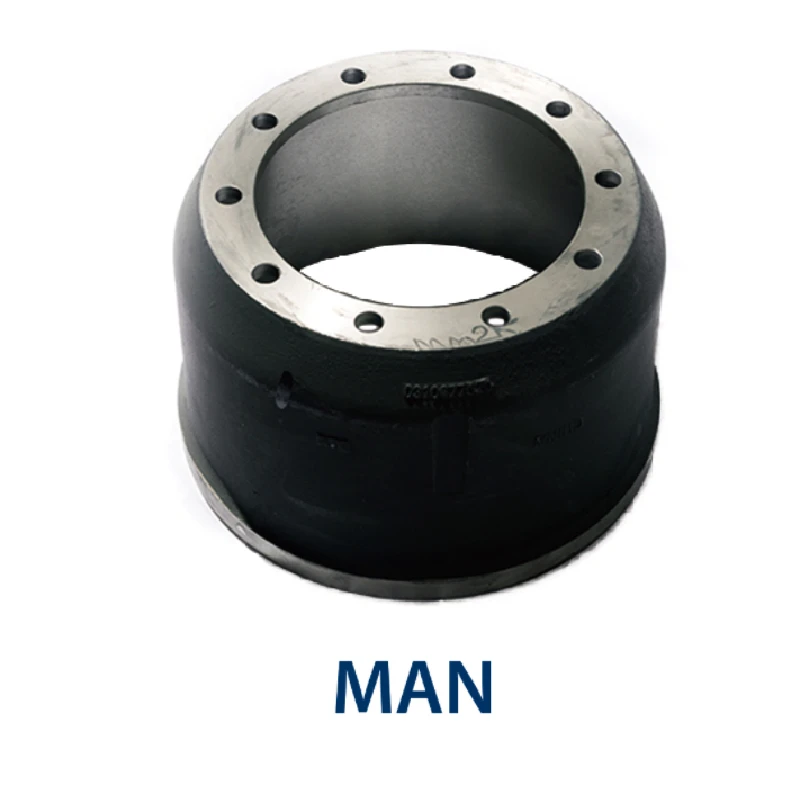sep . 28, 2024 20:30 Back to list
Understanding Class 8 Brake Drums and Their Importance in Heavy-Duty Trucks
Understanding Class 8 Brake Drums Key Components for Heavy-Duty Trucks
When it comes to heavy-duty trucks, safety and reliability are of utmost importance. One of the critical components that contribute to both these factors is the brake system, particularly the brake drums. In Class 8 trucks, which are the largest classification of heavy-duty vehicles, understanding brake drums is essential for ensuring optimal performance and safety on the road.
What Are Brake Drums?
Brake drums are cylindrical components that play a crucial role in the braking system of heavy-duty trucks. They work in conjunction with brake shoes, which press against the inner surface of the drum to create friction and slow down or stop the vehicle. The materials used for brake drums are typically cast iron or steel, known for their durability and heat resistance, which are critical for the heavy loads that Class 8 trucks often carry.
The Importance of Brake Drums in Class 8 Trucks
Class 8 trucks are designed to haul massive loads, often exceeding 80,000 pounds. The brake system, including brake drums, must be incredibly robust to handle this weight, especially during sudden stops or while traversing hilly terrains. The performance of the brake drums directly affects the stopping distance and overall safety of the vehicle. Therefore, regular inspection and maintenance are paramount for ensuring their functionality.
Characteristics of Class 8 Brake Drums
Brake drums for Class 8 trucks are designed with specific features to meet the demands of heavy-duty applications. These include
class 8 brake drums

1. Heat Dissipation Due to the immense pressure and friction generated during braking, brake drums in these trucks are engineered to dissipate heat quickly to prevent brake fade—a condition when brakes lose their effectiveness due to overheating.
2. Strength and Durability The materials and construction of Class 8 brake drums must withstand heavy loads and repeated braking cycles. High-quality cast iron and steel are typically used to ensure they can endure the rigors of heavy-duty use.
3. Precision Manufacturing Brake drums must be manufactured with strict tolerances to maintain proper alignment and function. Any imperfections can lead to uneven wear or brake failure, which could be catastrophic on the road.
4. Weight Considerations While durability is crucial, minimizing weight is also essential for maximizing payload capacity. Manufacturers often strive for a balance between strength and weight to enhance fuel efficiency without compromising safety.
Maintenance and Inspection
Regular maintenance of brake drums is vital for the performance and safety of Class 8 trucks. Fleet operators should implement a routine inspection schedule that includes checking for signs of wear, cracks, and deformation. The brake drums should be monitored for excessive heat, which can indicate underlying issues with the braking system. Additionally, replacing brake shoes regularly and ensuring they are properly adjusted can prolong the life of the brake drums.
Conclusion
In summary, brake drums are an integral part of the braking system in Class 8 trucks, providing the necessary force to safely stop these massive vehicles. Their design, materials, and maintenance are crucial for ensuring the safety of drivers and passengers alike. As technology advances, manufacturers continue to innovate in the design and materials used for brake drums, aiming to improve performance, safety, and efficiency. Understanding the significance of brake drums not only emphasizes their role in heavy-duty vehicles but also highlights the importance of regular maintenance and vigilance in the world of trucking.
-
Brake Drum Man - High-Quality Drum Brake Drums & Brake Shoes for Reliable Performance
NewsJun.24,2025
-
High-Quality Brake Drum Kamaz – Durable Drum Brake Drum & Brake Shoe Replacement
NewsJun.10,2025
-
High-Quality Brake Drum Liza for Drum Brake Systems - Superior Durability and Performance
NewsJun.10,2025
-
High-Quality Brake Drum Kamaz – Durable Drum Brake Drum & Brake Shoe Solutions
NewsJun.10,2025
-
Durable Kamaz Brake Drums High-Performance Truck Parts
NewsJun.09,2025
-
Premium Brake Drum Maz Kit with Shoes Enhanced Braking
NewsJun.09,2025
